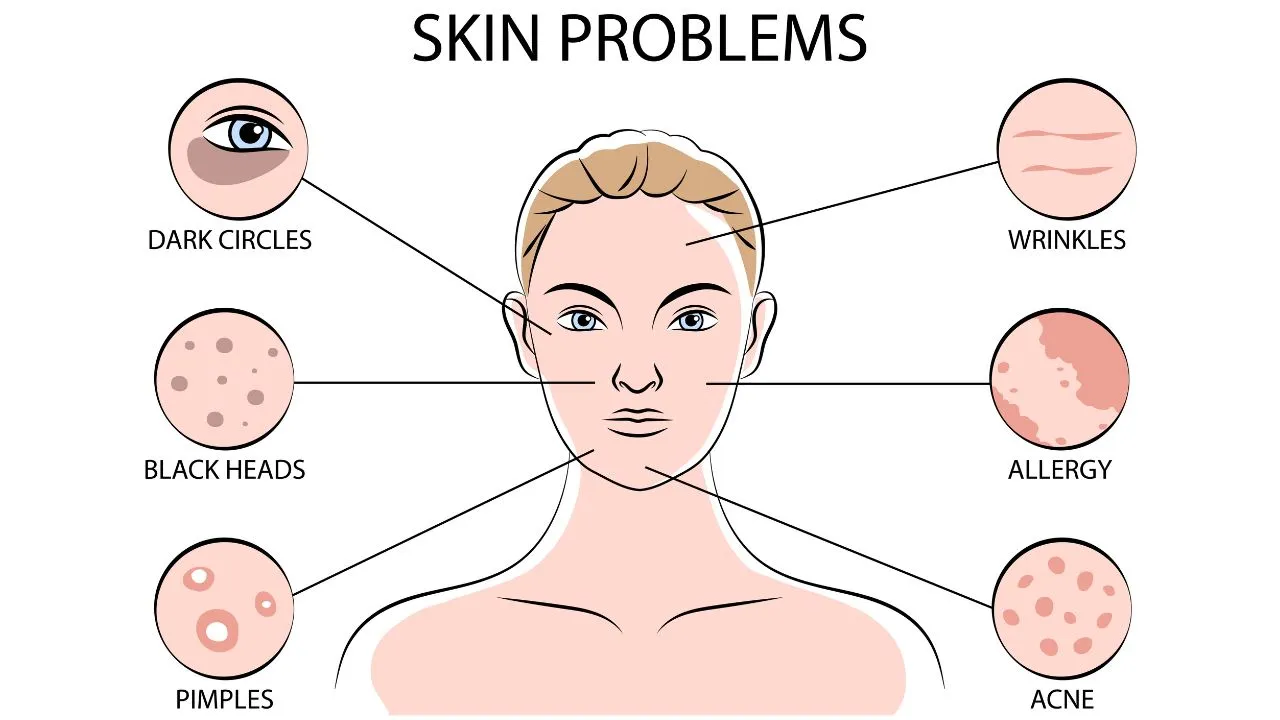Consult a specialist hair loss by visiting a professional hair care expert.
Consult a specialist hair loss by visiting a professional hair care expert.
Blog Article
Browsing Skin Cancer Therapy: The Crucial Duty of Mohs in Modern Dermatology Practices
Skin cancer cells, a difficult medical diagnosis, typically leaves patients grappling with many therapy options. As we check out the intricacies of this procedure, one will certainly value its critical function in skin cancer cells treatment.
Comprehending Skin Cancer Cells: Kinds and Risks
There are 3 primary kinds of skin cancer cells: Basic cell carcinoma, Squamous cell carcinoma, and Melanoma. It accounts for only about 1% of skin cancer cells instances however triggers the huge majority of skin cancer fatalities. Threat aspects include fair skin, history of sunburn, too much sunlight exposure, living at high altitudes or shut to the equator, having several moles, a household history of skin cancer, and damaged immune system.
What Is Mohs Surgical procedure and Just How It's Reinventing Skin Cancer Treatment
Regardless of the many treatments presently available for skin cancer, Mohs surgery sticks out as a groundbreaking and highly reliable solution. Called after Frederic E. Mohs, the physician that developed the procedure, Mohs surgical procedure is an accurate medical technique made use of to treat skin cancer. Throughout the procedure, thin layers of cancer-containing skin are considerably removed and checked out until only cancer-free cells remains. This technique permits the cosmetic surgeon to validate that all cancer cells have actually been gotten rid of at the time of surgical procedure. This level of precision, incorporated with the ability to spare as much healthy and More Bonuses balanced cells as possible, is changing skin cancer treatment. Therefore, Mohs surgical procedure has ended up being a cornerstone of modern dermatology methods.
The Benefits of Mohs Surgical Procedure Over Traditional Skin Cancer Treatments
Building on the cutting-edge nature of Mohs surgery, it's essential to consider its many benefits over conventional skin cancer cells treatments. Unlike common procedures, Mohs provides a greater treatment rate, usually reaching 99% for novice therapies and 94% for reoccurring cancers. In addition, it minimizes damage to healthy and balanced skin, leading additional resources to much less scarring and improved cosmetic results.
The Treatment of Mohs Surgery: What to Expect During the Process

Prospective Negative Effects and Post-Operative Care of Mohs Surgical Procedure
Undergoing Mohs surgical procedure, like any type of other surgical procedure, entails possible side impacts that patients need to be aware of. Typical side effects include pain, bruising, and swelling at the surgical treatment site. In some situations, extra therapies might be required to make sure total removal of the cancerous cells.
Conclusion

Report this page